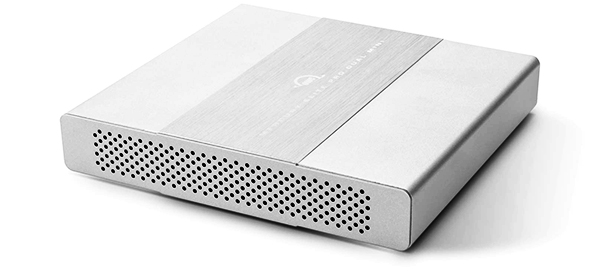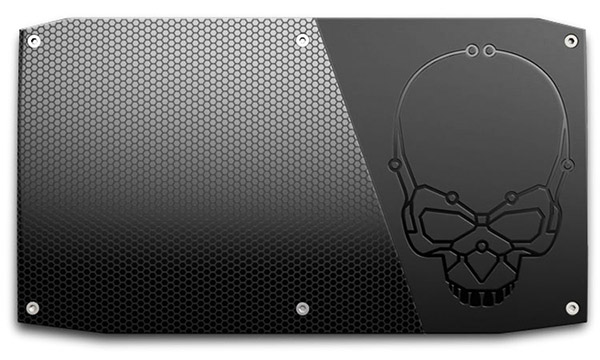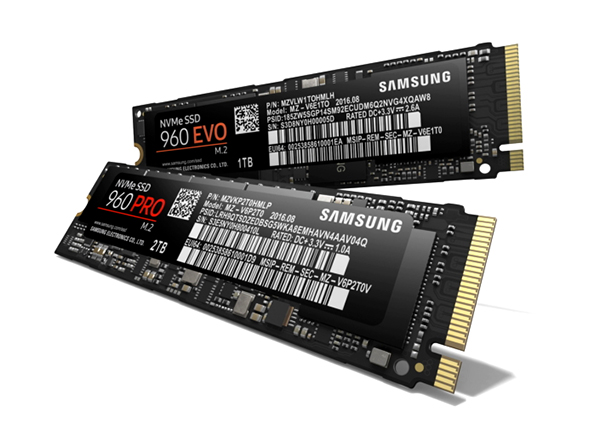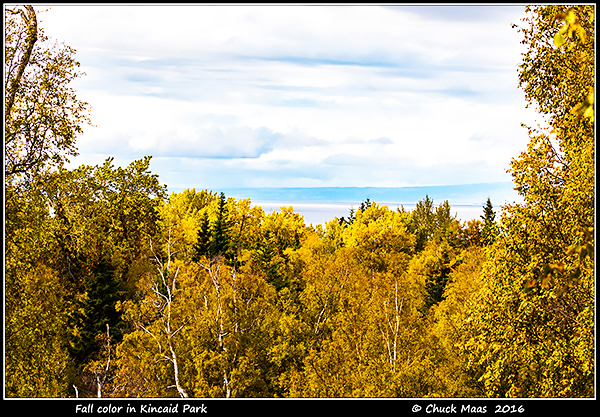
-
Recent Posts
Recent Comments
Blog Archives
Categories
Meta
©2010-2023 Chuck Maas

There are numerous fine authors discoursing online regarding the making of photographs and the use of tools to accomplish that purpose. One I like to follow is Thom Hogan, and I especially appreciated his recent “Existential Crisis” post. Good to take a deep breath now and then and refocus on what’s important.
Fujifilm’s mirrorless camera bodies have been the talk of the town of late. While the crop-sensor line has had a growing following for some time, and the recent updates for the X-Pro2 and X-T2 have only accelerated user enthusiasm, it’s the medium format GFX 50S that has been saturating the press. With its 51.4MP sensor, modest size and weight, excellent ergonomics, and relatively reasonable price, it is creating a sensation. 
Clearly the GFX 50S is not a casual camera. With a body-only price of $6,500 it’s in a separate category from all but the highest-end “35mm style” DSLRs. Lens choices are good for a brand new system with three currently available and three more to follow in the very near future. Early field tests and image galleries describe a camera that will appeal to a host of serious shooters. See some initial reviews here, here, and here.
While it’s early in the piece, not all commentary is quite so laudatory. Part of this stems from the inherently technical nature of digital photography advances. To say that all the factors surrounding the capture of photons and conversion to electronic data is complex is a vast understatement, but there are plenty who delight in parsing the details. One such discussion compares the GFX 50S sensor and current lenses to other “full frame” sensors on the market and finds little overall theoretical advantage. Whether this will be borne out on a practical level remains to be seen. On the other hand, the completely opposite discussion as to whether equipment matters at all will continue unabated.
On the lower end, the X-T2 has made a big leap forward as well. With a very traditional-looking “SLR” style and actual hardware dials for basic settings, this small body with an upgraded 24MP APS-C sensor delivers very high quality results. Every brand’s system has its own combination of features, aesthetics, and overall philosophy that set it apart, and Fuji has done so more clearly than many. Fujifilm seems to have a bright future, even in the era of declining camera sales.
One item of note is the clear sense that “digital” has pretty much matured. While there will continue to be technological improvements—some incremental, some larger leaps—tools are now available to support just about any photographic enterprise and meet any image quality need, even though this will do little to stem the eternal debate regarding the importance of “gear” versus “artistic expression.” Most would agree that the proof is in the final product.
Most photographers would like to spend more time shooting and less time editing and developing image files on a computer. One way to speed up the process is to select equipment that accelerates those tasks.
There are plenty of resources with suggestions for maximizing efficiency with Photoshop and Lightroom in both hardware and software setup (such as here and here.) In a nutshell, on the hardware side a fast CPU with 4-6 cores, an SSD for OS and programs, adequate GPU (growing in importance, but still a modest factor for most Photoshop operations), and fast storage for where the files reside are the guidelines for top performance. However, the last element in this string often escapes emphasis. When you work with files, they eventually have to be saved, and the saving process takes time; if you can speed that up you gain incremental efficiency.
Storage devices, until recently, have been slow to increase data throughput. Spinning hard drives (HDDs) have been around for decades and though their capacity has grown greatly their speed for transferring (saving) data hasn’t. Solid state drives (SSDs) have leaped ahead in terms of transfer rates, especially those with the most recent form factors and interface specifications. Data pipelines inside computers make a big difference. SATA has been the predominant storage interface until recently when PCIe has significantly raised the throughput ceiling, especially with the NVMe specification. A prime example is Samsung’s 960 Pro M.2/NVMe which has a maximum sequential read speed of 3,500MB/s compared to modern 7,200RPM HDDs average speed range of 80-160MB/s. Price and capacity are still major factors where HDDs prevail, but that differential is gradually closing too.
So, is there a way to improve one’s desktop editing efficiency by melding several current technologies without springing for the very latest expensive cutting edge equipment? Yes there is—OWC’s new Mercury Elite Pro Dual Mini external enclosure for 2.5” drives.

What sets this small device apart is the recently upgraded USB 3.1 Gen 2 interface which allows data transfer speeds up to 10 Gbps (1250MB/s). The unit will house two 2.5” SATA HDDs or SSDs, and can be configured as independent drives (IND), Span (combines the two drives together into one volume without a speed increase), RAID 0 (fastest solution), or RAID 1 (mirroring for protection against data loss). The connector is a USB Type-C plug and the unit is bus-powered (or optionally with an external wall plug).
Here’s the payoff. When using two SATA 2.5” SSDs in RAID 0, OWC advertises sustained data transfer speeds of up to 738MB/s, well above the ceiling of any individual SATA III (600MB/s) drive. By comparison, with two HDDs (instead of SSDs), OWC lists a max of 291MB/s throughput using RAID 0.
There’s a caveat here of course—you need a computer with USB 3.1 Gen 2 capability. Quite a few recent laptops and some desktops are so configured, or, if you have an open PCIe slot (4, 8, or 16 lane) you can add a card (similar to this one, though many different brands are available) to supply the connectivity.
My plan for this device? Two Samsung 850 EVO 2TB SSDs in RAID 0 as the primary drive for original photos immediately backed up with two or more HDDs. That would provide one location for most of my image files with the fastest time to save within my current desktop system. I fully expect the next generation of desktop computers will have motherboards with at least one M.2 slot with PCIe/NVMe interface for blazing performance and we’ll wonder how we put up with slow data transfer rates for so long.

Not all birds migrate. Among the winter residents in Southcentral Alaska are black-capped chickadees and red-breasted nuthatches seen visiting a peanut butter feeder above. Boreal chickadees, and both hairy and downy woodpeckers also stop by regularly.

Looking for a tiny Windows computer with enough muscle to process images with speed and efficiency as well as connect with cutting-edge peripherals using the latest protocols? Intel has one for you. It’s called the NUC6i7KYK, and nicknamed Skull Canyon.
Packed in a space about the size of one and a half 3.5” hard drives, this slim black box contains an Intel Core i7-6770HQ 4-core processor (6th generation Skylake), and Intel Iris Pro Graphics 580, room for two M.2 SSDs, and slots for up to 32 GB of RAM. Ports include USB 3.0, Thunderbolt 3, and/or USB 3.1 Gen 2 via USB Type-C connector. The caveat here is that the device is sold as a kit and you need to add storage, memory, and Operating System, which will obviously eliminate it from consideration for some; but all are easy to install, or you can purchase fully assembled kits through third parties. [By the way, if you’re not enamored with the skull depiction on the lid, you can replace it with a plain one which is included in the kit.]
Why the appeal? Storage for one. You make the choice, and one option is Samsung’s 960 Pro, in capacities up to 2TB—not cheap, but the fastest consumer SSD you can currently buy. And if your wallet could stand it, room for two (M.2 only—no space for 2.5” SATA drives). Memory would be kind of a no-brainer—fill to the max with 32 GB. OS?—Windows 10 Home or Pro. Keyboard and input device to your taste (Kensington Expert Wired Trackball is still my preference).
The question some might have is graphics—is the integrated variety enough? Of course that depends; if your demands include using lots of filters or merging huge files maybe so, but this is Intel’s top-of-the-line consumer integrated graphics system for the 6th generation processors and should work well for a great many photographers.
So—tiny size, very robust computing power, state-of-the-art connectivity, and an option for the fastest storage currently available at the consumer level. Tantalizing to be sure. More than good enough for a primary computer for most, or a superb backup machine in case your big-gun workstation takes a temporary vacation.

Samsung, without a doubt, is at the very leading edge of solid state storage, and their latest M.2 offerings continue the trend. The head of the pack is the NVMe SSD 960 PRO, in capacities of 512GB, 1TB, and 2TB, with sequential read/write rates of 3,500/2,100 MB/s. There’s also a 960 EVO, which tops out at 1TB capacity and has only slightly less blistering throughput. Envision a photo editing setup using one or more of these…. Technology marches on; the challenge is to use it creatively.
Fall colors haven’t reached their peak yet in much of Southcentral Alaska, but their annual transition is being challenged this year on two fronts. Last winter and much of the early spring and summer were very dry and many trees became stressed. August rains helped, but many of the usual bright yellows are muted with a dull brown cast this season. Then more wind and rain arrived—wave after wave—and many leaves have already detached and collected on the ground.

Not to be disheartened, local mountain ash are laden with a bumper crop of brilliant red or orange berries, which I’m sure will draw many bohemian waxwings in the coming months.

On the tools side of the imaging endeavor, a number of significant announcements have been made prior to Photokina, the huge international biennial photo and imaging trade fair which opens for 2016 next week in Cologne, Germany. From Canon are the 5D Mark IV and mirrorless M5, Nikon’s D3400 for the entry-level market, the Hasselblad X1D, and Fujifilm’s X-T2 to name just a few. Expect many more to be covered widely by just about every photographically oriented site on the planet.
Technology keeps marching on, even in mundane segments of the arena. For example, hard drives—difficult to get excited about hard drives, except that data has to be stored somewhere and as image files get bigger and bigger they take up more physical space. Fast solid state drives might seem like the answer, but price and capacity still stand in the way.
The latest round of HDD improvements include sealed helium environments, capacity leaps to 10TB, and caching innovations that in some cases boost sustained transfer rates to nearly 250MB/s! Who needs 10TB? Maybe not right now, but it’s easy to remember when a 1TB drive seemed monstrous even though it filled up faster than ever imagined. Faster data rates? Welcome anytime.
These are cutting edge devices and choosing among them can be tricky. This article compares three of the leading contenders. I’ve used all three brands over the years and have developed a particular affinity for HGST drives. At present, the HGST Ultrastar He10 in SATA interface is in very high demand and not as price-competitive because of it, but that might say something right there. And in terms of cost, remember that the valid comparison is $0.00-per-GB.
If you need more storage space, it’s available.